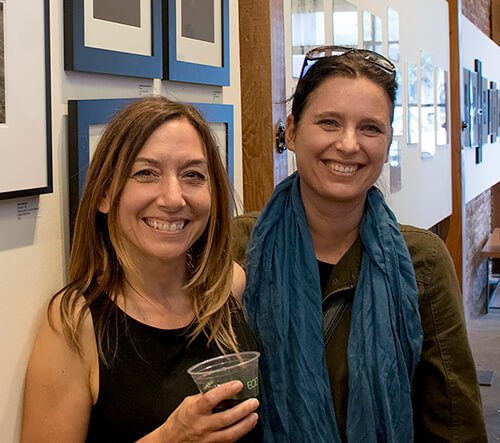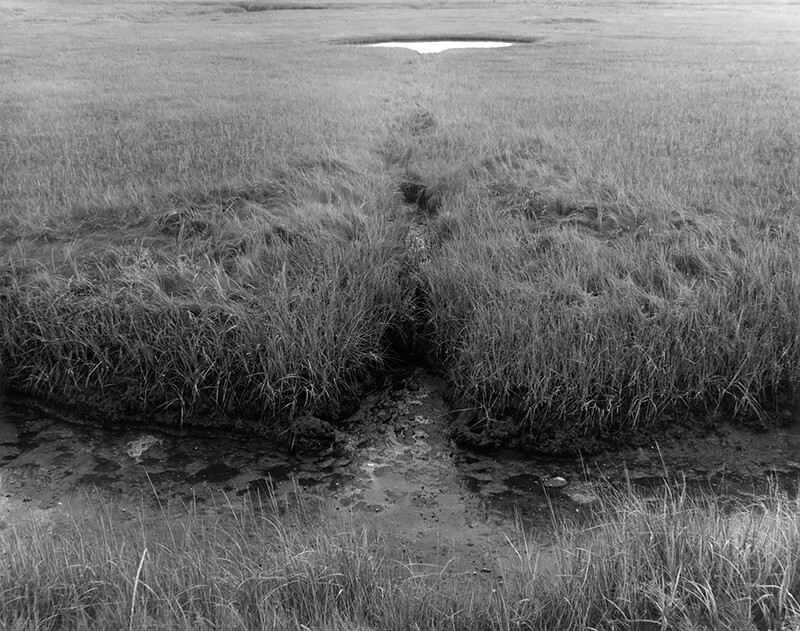Taylor Nam journalist at ViewFind asked Ann Jastrab and
Sandrine Hermand-Grisel a few questions about their background and
All About Photo Awards 2017.
Taylor Nam: I'd love to know your background regarding visual storytelling (beyond what I've gathered via the interwebs, of course). Particularly, what first prompted you to pursue visual storytelling?
Ann Jastrab: A thousand years ago in college (OK, maybe it was more like 25 years), I was a dual major of art and literature. I found that narratives drove my image-making and that the novels that I gravitated towards were the most visual. I ended up falling for the Modern British writers like D.H. Lawrence and E.M. Forester and Virginia Woolf. So much unrequited love and tragedy, and yet, so beautifully written. There's probably a reason that every single E.M. Forester novel was made into a motion picture film. The way he them wrote lent these books to pictures, and moving pictures at that. I went on to pursue my MFA in Photography and I was most influenced by photographers that used their cameras to investigate their lives: lovers, friends, families... I was shooting with a wooden view camera then (and still am) and making my own emulsions. (It would appear that not only my literary tastes circled around the late 1800s, but also my visual senses as my concentration in graduate school was historical processes). My photography falls into the category of the personal documentary, having been exposed early to Emmet Gowin and forever trying to find my own Edith afterwards.
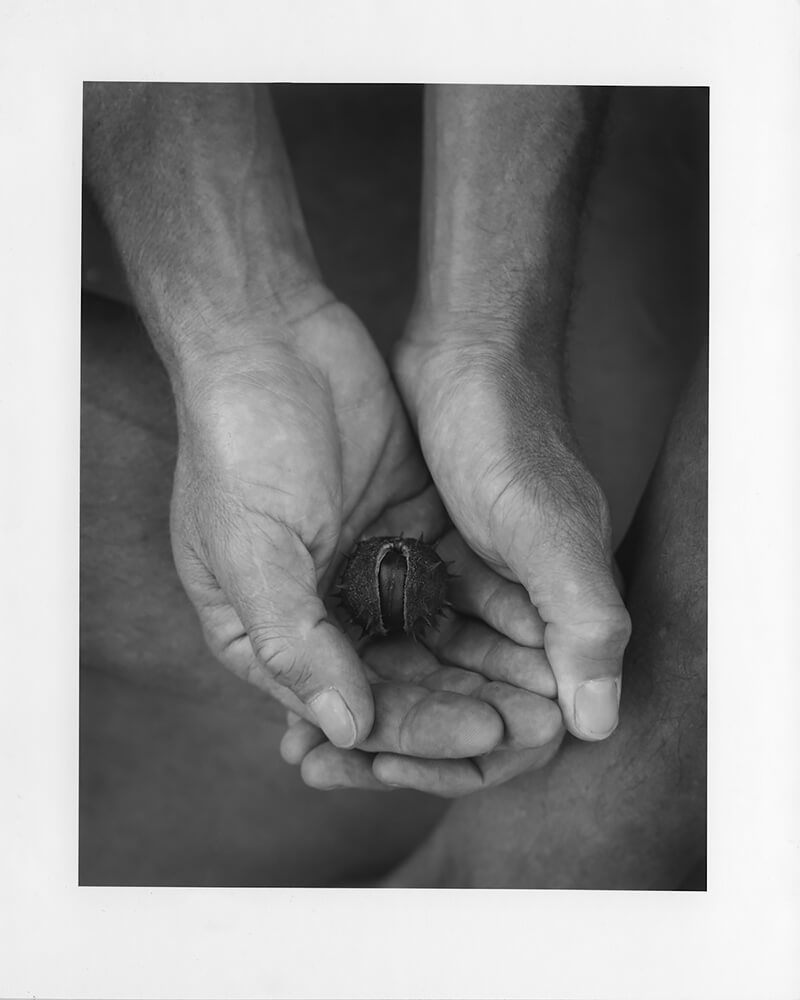
I am shy and I always had a difficult time verbally expressing my feelings or explaining my vulnerability. This pushed me to find a way to express myself, to tell my story. My dad gave me a camera when I was seven and since then I never stopped hiding myself behind it. I feel protected when I have a camera in my hands. It gives me an excuse to get out there, to interact with the outside world as a witness and not a protagonist. Art was the logical way for me to express myself since it was so important in my education and in my family (My mother was a sculptor, my grandfather a cameraman, my grandmother a singer, my cousin a stand-up comedian...).
TN: What inspired you, Sandrine, to start All About Photo? What inspired you, Ann, to be involved with All About Photo?
SHG: Moving from Paris to San Francisco in 2006 I found myself a little bit lost in a new city and furthermore in a new country. All the references, contacts, I had in France were no use to me anymore. For a while I didn't even know where I could find a photo lab that would develop my black and white film, where I could print my recent work, or just frame it. It took time to find everything I needed, to feel comfortable with the American photographic scene. In 2013 my husband, who is a talented website designer/entrepreneur, decided to create for me the vision I had of an ideal photography website: a platform where photographers and photography lovers alike could find all the resources they could be looking for in one place. Since I am first and foremost a photographer, I also wanted All About Photo to be a showcase platform for artists as well as to promote events related to photography.
AJ: I had exhibited Sandrine's work at RayKo Photo Center where I have been the gallery director for the past decade. The images from her series, Somewhere spoke to me and I showed about 20 of them back in 2009. I followed her work from then on; over the years, she would ask me for feedback on different projects as they evolved. And then Sandrine started her website, All About Photo, and regularly featured exhibitions, events, and calls for entry that RayKo was hosting. I checked out the website and realized that she'd created quite a resource for photographers and photo enthusiasts. She wasn't just listing information about San Francisco Bay Area happenings, but events and opportunities all over the country as well as abroad. I was impressed. Back in 2015, she asked me to be a contributing writer to the site and I eagerly accepted. When she announced her idea for the inaugural edition of the All About Photo Awards, I helped her organize and advertise the show. I was also one of the jurors and noted that the response was phenomenal. The second annual contest, this one that ViewFind is writing about, also had 10 jurors, though Sandrine and I, I believe, were the only 2 to judge both competitions. I imagine she noted it too, but the work was wildly different from last year's submissions.
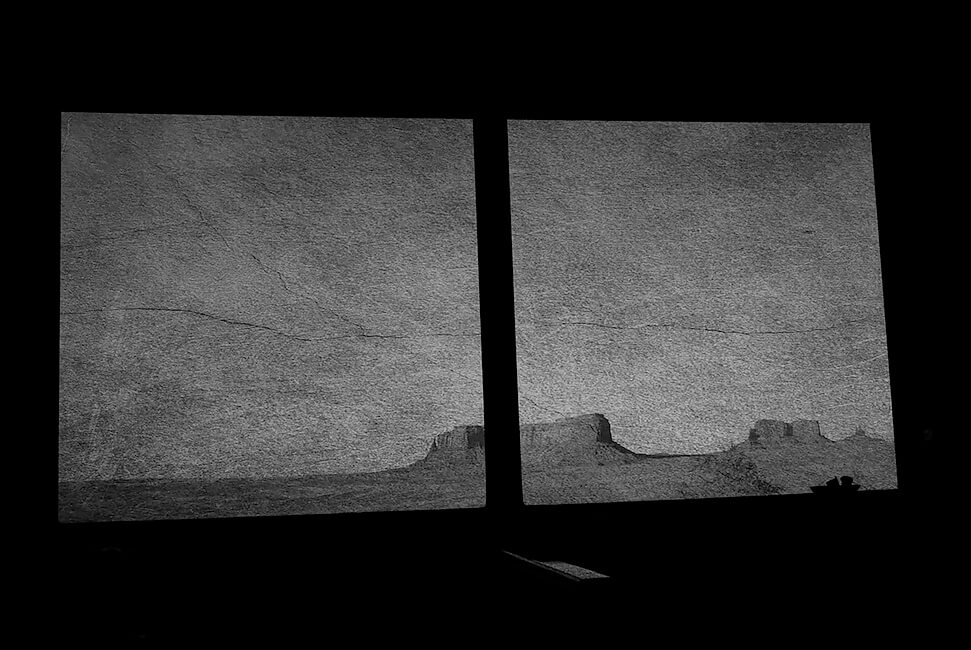
© Sandrine Hermand-Grisel - Somewhere... in Monument Valley
Besides the fact the majority of the images that received awards or were included in the merit gallery were documentary in nature, I also noted that the photographs that received monetary awards were all part of a much larger submission (the photographers had submitted 10 or more images from their various projects. I was thrilled to get a preview of Ami Vitale's entire photo essay, Pandas Gone Wild that I later discovered was published in National Geographic. Also to see the other images by Jonathan Bachman, besides the image that made international headlines of the woman standing calmly as a seeming army of police in riot gear arrested her, was gratifying and affirming and startling too. Each of the award winners had several powerful images, some others of which also earned top scores from all the jurors.
SHG: I agree with Ann, I also think all the images that were selected have in common a certain vision of humanity. They show us that men suffer, fight to survive, protest but can also be kind to one another. It seems as if every photographer wanted to show us the tough realities of our present times to inspire us not to take anything for granted, but at the same time to give us hope that we have within ourselves the resources to change this.
TN: What compelled you personally about the winning photographs as a whole?
AJ: I was pleased that Marco Gualazzini received the grand prize as that image of the giant, bloodied hammerhead shark draped over the man's shoulders walking through a street surrounded by ruined buildings was one that was burned into my cerebral cortex. The platform that was used to jury the show actually gave no information about the picture or the photographer, so I was left to draw my own conclusions and interpret the image without any information. I'd never seen anything like this, not in years of living by seas infested with hammerheads. It's more than an unexpected picture: it's somehow a story of life and of death simultaneously.
SHG: Whether you agree with the final choices of the members of the jury or not, I think no one can deny the fact that they are all extremely powerful images and no doubt a reflection of our troubled times. They illustrate our fears and the violence we come across everyday in the news. They speak to us not only because they are masterly framed and colorful, but also because they touch a sore spot. I agree with Ann I am very pleased with the results, the quality, and the strength of each finalist is undeniable.
TN: How do you see these winning photographs speaking to the theme The Mind's Eye?
SHG: Cartier Bresson wrote in his essay If a photograph is to communicate its subject in all its intensity, the relationship of forms must be rigorously established. Photography implies the recognition of a rhythm in the world of real things. What the eye does is to find and focus on the particular subject within the mass of reality; what the camera does is simply to register upon film the decision made by the eye.
What could better illustrate this thought than a distressed man walking in Somalia dressed as a footballer carrying the burden of a bloody shark on his shoulders in a city in ruins? What better choice than the image of an activist taking a stand in front of the police in Baton rouge to illustrate the Decisive Moment? Or the despair but determination of migrants fleeing Serbia to illustrate the idea that fact and visual perception are both necessary to give meaning to an image. I feel each photographer's work answered Henri Cartier Bresson's wish to make images that engage our minds and souls.
AJ: Like Sandrine I imagine, Henri Cartier-Bresson was one of my heroes and inspirations as I became a photographer. When I was teaching photography at the Maine Photographic Workshops, I used to show my students the slide show of The Decisive Moment, complete with slide carousel and cassette tape of Cartier-Bresson himself speaking about making pictures. And when he says something about photographs that span a life time being few and far between, and I'm paraphrasing her because it's been twenty years since I listened to that tape with its beeps, Any photograph that you can look at over and over again...not many, not many. He was correct. I know this too from working in a gallery and I always ask myself before I buy something, Can I live with this for the rest of my life? If the answer is what Cartier-Bresson would say (Yes! Yes! Yes!), then absolutely. I return to many of the winning images and the images in the merit gallery, and I think, Yes, these I can look at again and again.
There's also the obvious reference to the decisive moment too. Each of these pictures captured something fleeting: a panda peeking in a doorway, a tornado tearing through the land, the man padding down the road with the carefully balanced shark as large as him, the police just reaching for the woman, the refugees pushing through their way forward in the frame...they are all such brief moments and these photographers captured them.
TN: In general, as a point of craft, do you look for key elements in a photograph? If so, what are they?
AJ: Since I look at a lot of photographs on a daily basis, I'm always seeking images that I haven't seen before, images that don't remind me of anyone's else, that are clearly the voice of the individual photographer. Also since I come from a background in teaching, I think of some of the lessons I learned from some of the great photographers out there, like Eugene Richards, who said Let your eye travel the perimeter of the frame. And use that frame very deliberately. An image still has to be well-composed and well-seen for me to look at it twice, regardless of subject matter.
SHG: Being a juror is not an easy task as it is very subjective and I can even say that from one day to the next my choices can be slightly different depending on my moods. I do not look for anything specific, just a general feeling at first. It can be either beauty, strength, overall composition or originality. The images that I remember and that I still like when looking at them over and over again, those make the final cut.
TN: What is your favorite part about All About Photo and the awards in particular? Or a favorite memory?
SHG: A very exciting moment for me is when I ask amazing photographers or curators to be part of the adventure with me and they say yes. I am so proud to have been able to gather such an incredible group of people around this project. Each time I am overwhelmed with joy and gratitude. My second favorite part is when the contest closes and then I can start looking at all the entries. It feels like Christmas.
AJ: My favorite part of the process of jurying and looking at photographs is discovering new stories, new images, new photographers, new ideas...I'm constantly learning and growing when I study pictures and All About Photo has given me this opportunity in multiple ways.
TN: How many applications did you have for the awards?
AJ: This year we didn't have as many entries as the previous year, but having looked through all 4000 images submitted this time, it definitely seemed like an overwhelming response.
TN: What was a deciding factor for you in choosing the winners?
SHG: The strength of the images and the powerful effect they had on me. Since we were 10 jurors the images that won were the ones that earned the highest total of points, meaning that they are images that were compelling to 10 different people with 10 different personalities and perspectives.
AJ: Since there were 10 of us jurying, it wasn't just up to Sandrine and I who was selected for the top 5 prizes, though since we all assigned a numerical score to the winning images, those 5 pictures definitely got the highest numbers. There are a multitude of pictures in the merit gallery that earned my top score (I still cherish black and white photography and still shoot Tri-x film exclusively, so I'm always pulled to the look of those types of pictures). For me, the gritty feel of Jared Ragland's images and the amazing frame by Marcin Ryczek from Poland as well as the cinematic image by Doran Bastin and the magical light of MD Tanveer Rohan's worker and the stamped of horses by Mattia Vacca all hold me spellbound.
TN: What do you believe is the future of visual storytelling/photojournalism?
SHG: I feel that is it more important than ever to follow photojournalists and their individual comprehension of the stories they witness. Since television is often biased or single-subject focused, if it were not for photojournalists and newspapers or magazines like ViewFind we would have a very narrow vision of the world and what happens in it. It is a function of the independence of journalism and information as a whole. Photojournalism has always been key to public awareness, but I feel it is even more crucial today in our troubled times.
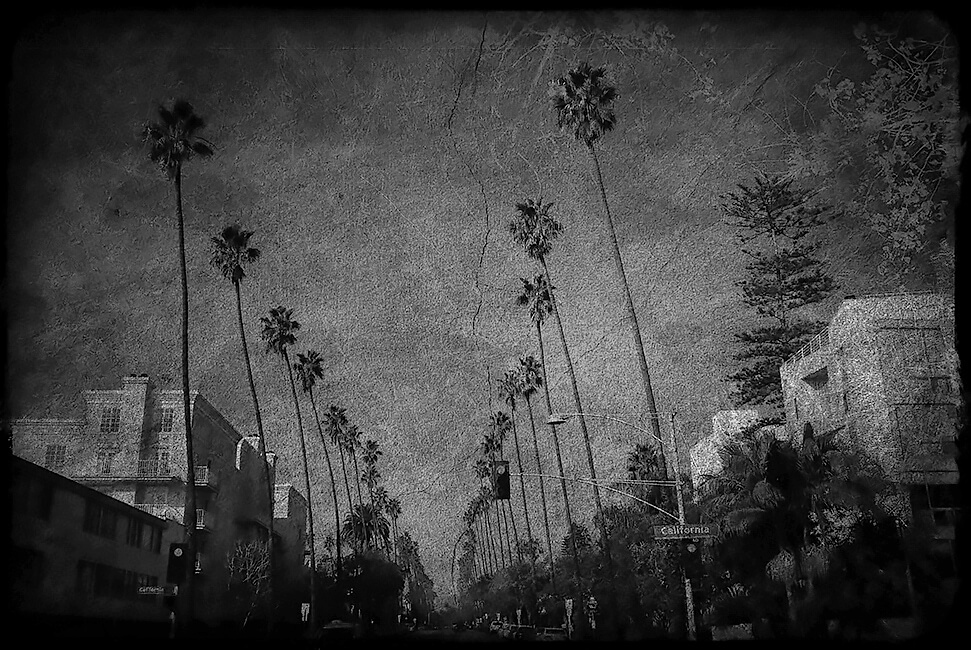
© Sandrine Hermand-Grisel - Somewhere... in Los Angeles
